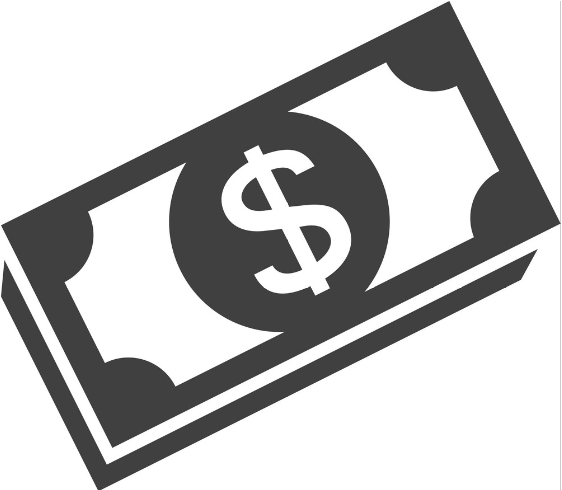One of my main goals for 2024 is getting back to the basics, and there is nothing more basic than figuring out cash reserves and cash flow. My goal for this post is to first define, how much cash I would like as an emergency fund, and then discuss which buckets of long term debt can I kill off to better my cash flow going forward.
How Much of an Emergency Fund Do I Want to Build
I like to recommend to clients that they have between three and six months of expenses. However, like most people, I don’t actually know my expenses, but you don’t actually need to know your expenses to work through this exercise. Every dollar you earn only has three places to go, you either:
- spend it
- save/invest it,
- or it goes to taxes.
While I share a lot on here, I am not particularly comfortable putting my base salary online, so I am going to work off $100k, and then internally multiply it up. Assuming I make $100,000/yr and I pay 25% effective tax rate that means I spend about $75,000/yr (minus intentional savings which I am going to purposefully ignore for my calcs). $75,000 / 12 = $6,250.
So if I am spending $6,250/mo then my emergency fund at a minimum should be $18,750 and preferably around $37,500. I will scale up those numbers internally to better represent my situation.
Currently, I am at less than 10% of where I want to be, so this is going to be a multi-year project, but an important one nevertheless. Could I liquidate investment accounts to get myself there tomorrow? Absolutely, but with a stable employment situation and an easily liquidated non-qualified investment account it doesn’t seem like the smartest move long term. Instead, I am going to take a focused approach until I am 30% there, and thereafter, I will slowly build the position.
Freeing Up Cash Flow via Debt Repayment
I have a number of long term debt buckets. Some were a good use of money and some were terrible, but either way every month I am expending money from cash flow to service them. I am expecting a rather nice bonus this year, so before that comes in I’d like to put some thoughts down as to what I want to kill off.
In no particular order (yet) I have the following long term debt:
- $14,000 of 0% Credit Card Debt that I put $400/mo towards.
- $9,500 at around 3% representing my law school loans. This costs me $250/mo
- $26,000 at a variable rate currently at 8% that I put $500/mo towards which uses my whole life insurance as collateral
- $47,500 (my share is $37,600) on my rental property’s HELOC. The other 20% is “owned” by my two partners. This rate is also floating but is up to 8.5% which costs me about $350 to just service the interest (no principal payments)
- $22,000 on my solar panel loans at an interest rate of 3.75% and a monthly payment of about $225 I believe.
As I am writing this post I think my plan of action will be to write my real estate “partners” with an update of our finances and give them the choice. I want to keep everyone’s ownership where it currently is (80/10/10) so to do that I will find out the lowest amount they would like to put towards it and I will match it accordingly. It is my hope that they both say $4,750 and I’ll match the remainder. I don’t think my after tax bonus will cover all of this after a few other expenditures I want to make (funding of kid’s 529s, all short debt done, next year’s vacation), but at an 8.5% interest rate, I am actually willing to liquidate some of my non-qualified investment account (to stick it in cash seems ridiculous but to destroy variable debt at 8.5% seems like a good use of money).
Assuming they only want to put a small portion of it, the next debt I’d like to attack is the 0% CC. I don’t know exactly when the promotion date ends but it should be relatively soon and if I can avoid the rolling game all the better.
If I get through those two categories I will alter my free cash flow by about $8,400 in 2024, not an insignificant amount!
